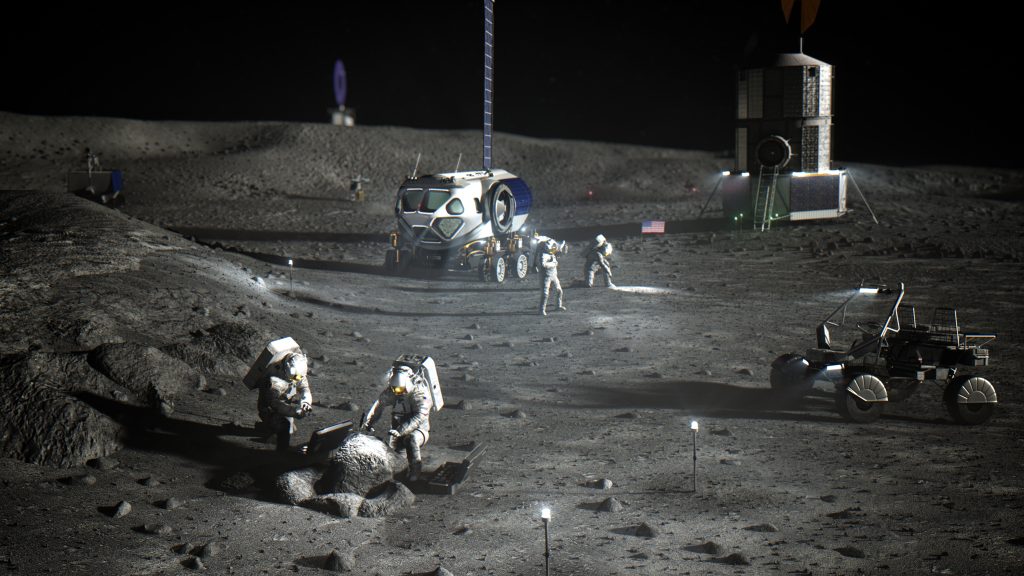
New research from Standford University has found an explanation for the most prominent features on Europa, based on similar featured observed in Greenland.
Continue reading

The recently released Planetary Science and Astrobiology Decadal Survey 2023-2032 has identified some exciting missions and goals for the coming decade!
Continue reading

Thanks to advances in holographic and teleporting technology, the first "holographic handshake" recently took place between people on Earth and the ISS.
Continue reading

The reason Venus isn't tidally locked could be its thick atmosphere.
Continue reading

How dating an ancient text revealed one of the oldest observations of aurora known.
Continue reading

New research led by Rutger's University has led to an explanation for why there are dunes on Jupiter's volcanic moon Io.
Continue reading

A new study has revealed new insights into Pluto's orbit, which is subject to a lot of chaotic perturbance over time!
Continue reading

Can humanity become a Type I civilization without causing our own Great Filter?
Continue reading

The Very Large Array (VLA) will monitor space 24/7 for signs of extraterrestrial intelligence, thanks to a new partnership between the SETI Institute and the NRAO.
Continue reading

Using Hubble data, an international team of researchers has spotted what could be a primordial ancestor to supermassive black holes (SMBHs).
Continue reading

A lunar moon dust sample with a strange history made its way to the auction block yesterday.
Continue reading

Curiosity rover recently encountered "gator-back terrain," the sharp rocks that caused the first breaks in its wheels back in 2017.
Continue reading

The NASA Artemis I mission and the Axiom Mission 1 were photographed side by side on Launch Complex 39s sister pads. This is the first time that such a thing happened.
Continue reading

A team of Spanish researchers, with support from the ESA, are working on a system that will allow astronauts on Mars to turn wastewater into rocket fuel.
Continue reading


















































